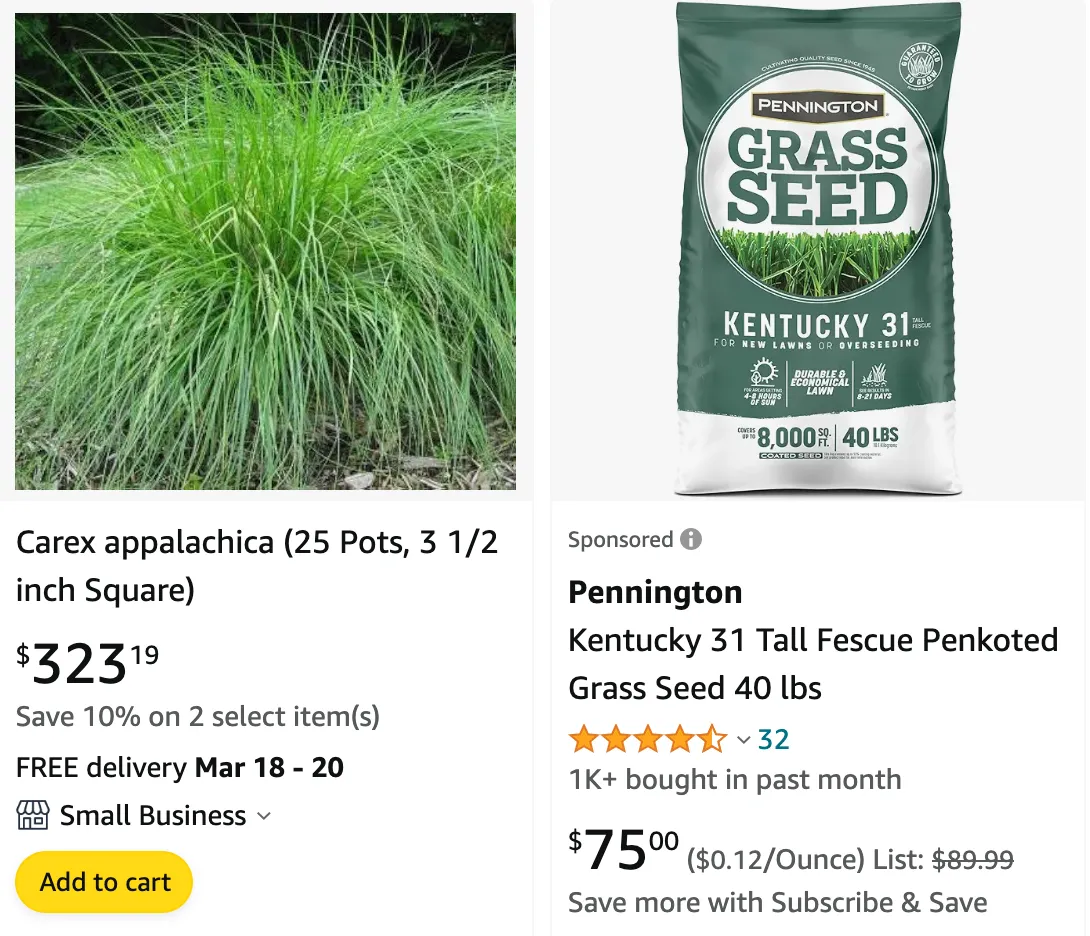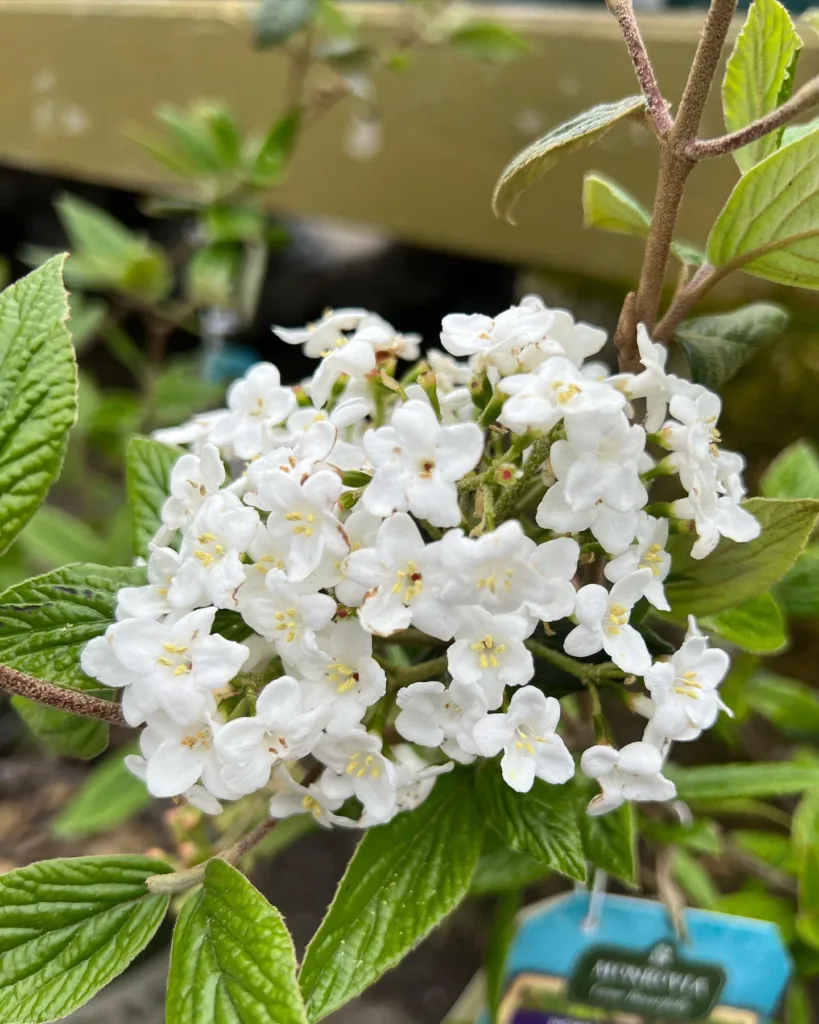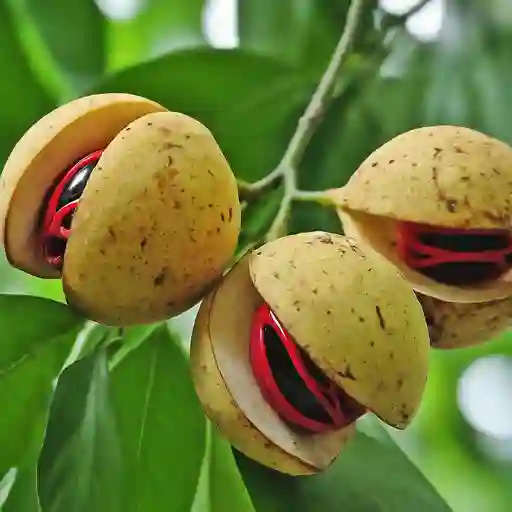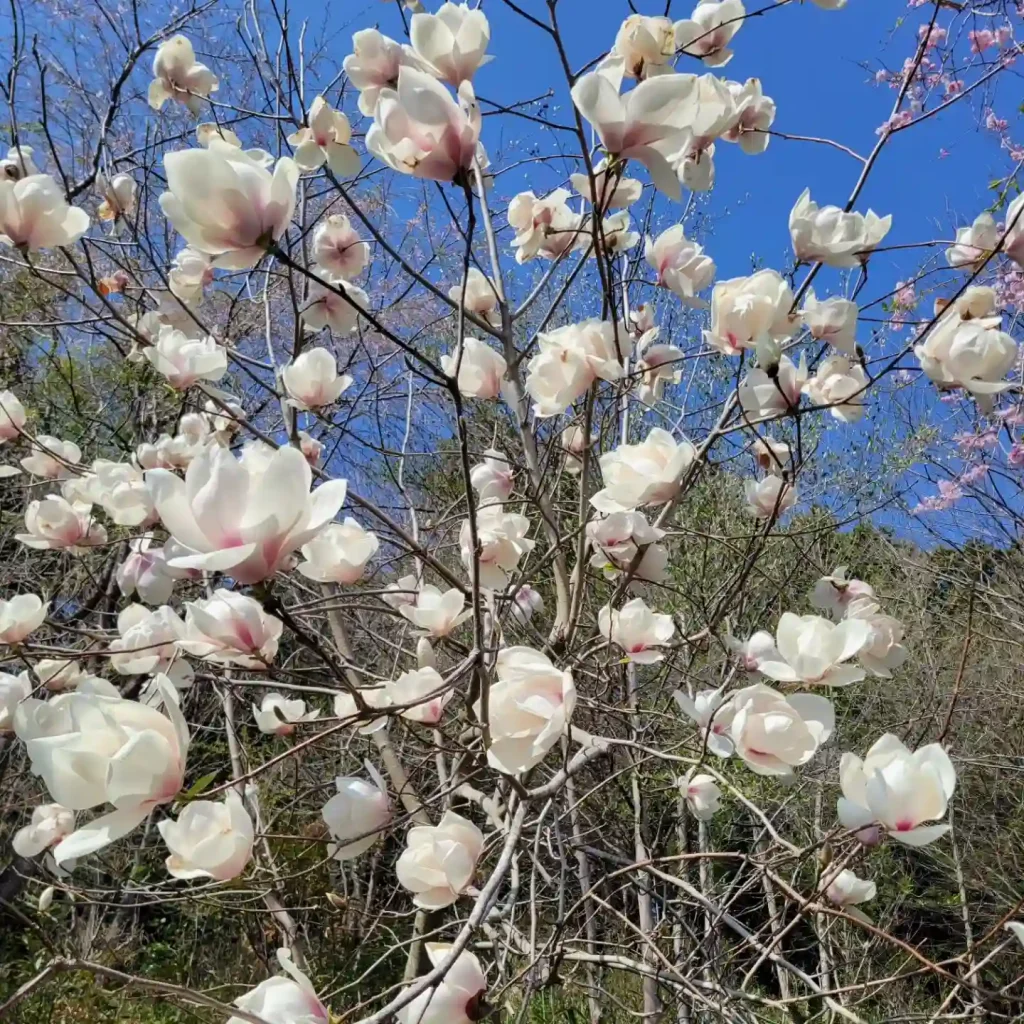
All About Carex Appalachica: Your Guide to This Appalachian Beauty
Hi, Ferb Vu here. I’m a plant enthusiast, and today, we’re diving into the world of Carex appalachica, often called the Appalachian sedge. This graceful little plant is a native of eastern North American forests, and it’s quickly becoming a favorite for gardeners seeking low-maintenance beauty.
2324 Species in Genus Carex
What is Carex Appalachica?
Carex appalachica is a clump-forming perennial belonging to the Cyperaceae family, which includes sedges. It forms dense, mounded tufts that reach about 6 inches in height. The star of the show is its foliage – narrow, thread-like leaves that arch gracefully, creating a weeping effect. Their deep green color adds a touch of elegance to any shady corner.
In early spring, Carex appalachica produces tiny, light green flowers on stalks that rise above the foliage. While not particularly showy, they add a delicate charm to the plant.
Carex Appalachica vs Carex Pensylvanica
I’ve found Carex Appalachica to be a bit more robust in shady spots compared to Carex Pensylvanica, which tends to look a little sparse in similar conditions. Carex Pensylvanica has a softer, more delicate appearance, which I’ve appreciated for its subtle charm in woodland gardens. However, Carex Appalachica really stands out with its thicker foliage and denser growth, making it a more reliable choice for ground cover in my garden. Both are great, but if I need something that holds up well in tougher spots, I go with Carex Appalachica.
Carex Appalachica vs. Carex Pennsylvanica
Carex appalachica can be easily mistaken for its close relative, Carex pensylvanica, commonly known as the Pennsylvania sedge. Both share similar aesthetics – fine-textured foliage and a clumping growth habit. However, there are some key differences:
- Growth pattern: Carex appalachica is a true clump former, meaning it spreads slowly and maintains a well-defined shape. Carex pensylvanica, on the other hand, is a spreader, and its rhizomes can travel underground, creating larger colonies.
- Height: Carex appalachica stays compact at around 6 inches tall, while Carex pensylvanica can reach up to 12 inches.
- Light preference: Carex appalachica thrives in dry to mesic shade, particularly in warmer regions. Carex pensylvanica tolerates a wider range of light conditions, from full sun to full shade.
Ultimately, the choice between these two sedges depends on your specific needs. If you’re looking for a low-maintenance groundcover that won’t take over your garden, Carex appalachica is the perfect pick.
How to plant and care for Carex Appalachica?
Good news! Carex appalachica is a breeze to grow. Here’s what you need to know:
- Light: Aim for dry to mesic shade, especially in hot climates.
- Soil: Well-drained soil is key. Amend your planting area with compost to improve drainage if needed.
- Watering: Once established, Carex appalachica is quite drought tolerant. Water deeply during extended dry periods, but avoid overwatering.
- Fertilizer: This low-maintenance plant doesn’t require any regular feeding. A light application of compost in spring is sufficient.
Carex Appalachica: The Perfect Low-Maintenance Groundcover
Carex appalachica shines as a low-maintenance groundcover. Its dense foliage effectively suppresses weeds and adds visual interest to shady areas. Here are some ideal planting locations:
- Woodland gardens: Mimic its natural habitat by planting it under trees or shrubs.
- Paths and borders: Its compact size makes it perfect for edging pathways or garden beds.
- Rock gardens: The contrasting textures of Carex appalachica’s soft foliage and rocks create a stunning combination.
- Living mulch: This sedge acts as a natural weed barrier and helps retain moisture in the soil.
What are benefits of growing Carex Appalachica?
Beyond its aesthetic appeal, Carex appalachica offers several benefits:
- Low maintenance: This easy-going plant requires minimal care, making it ideal for busy gardeners.
- Attracts pollinators: The tiny flowers attract beneficial insects like bees and butterflies.
- Erosion control: Carex appalachica’s dense root system helps prevent soil erosion on slopes.
- Native plant: By choosing Carex appalachica, you’re supporting the local ecosystem and providing habitat for native wildlife.
Conclusion: Carex Appalachica – A Plant Worth Knowing
Carex appalachica is a delightful addition to any shade garden. Its low-maintenance nature, graceful form, and ability to suppress weeds make it a true gem. So, if you’re looking for a plant that adds texture, interest, and ecological value to your garden, consider giving Carex appalachica a try.
If i die, water my plants!



